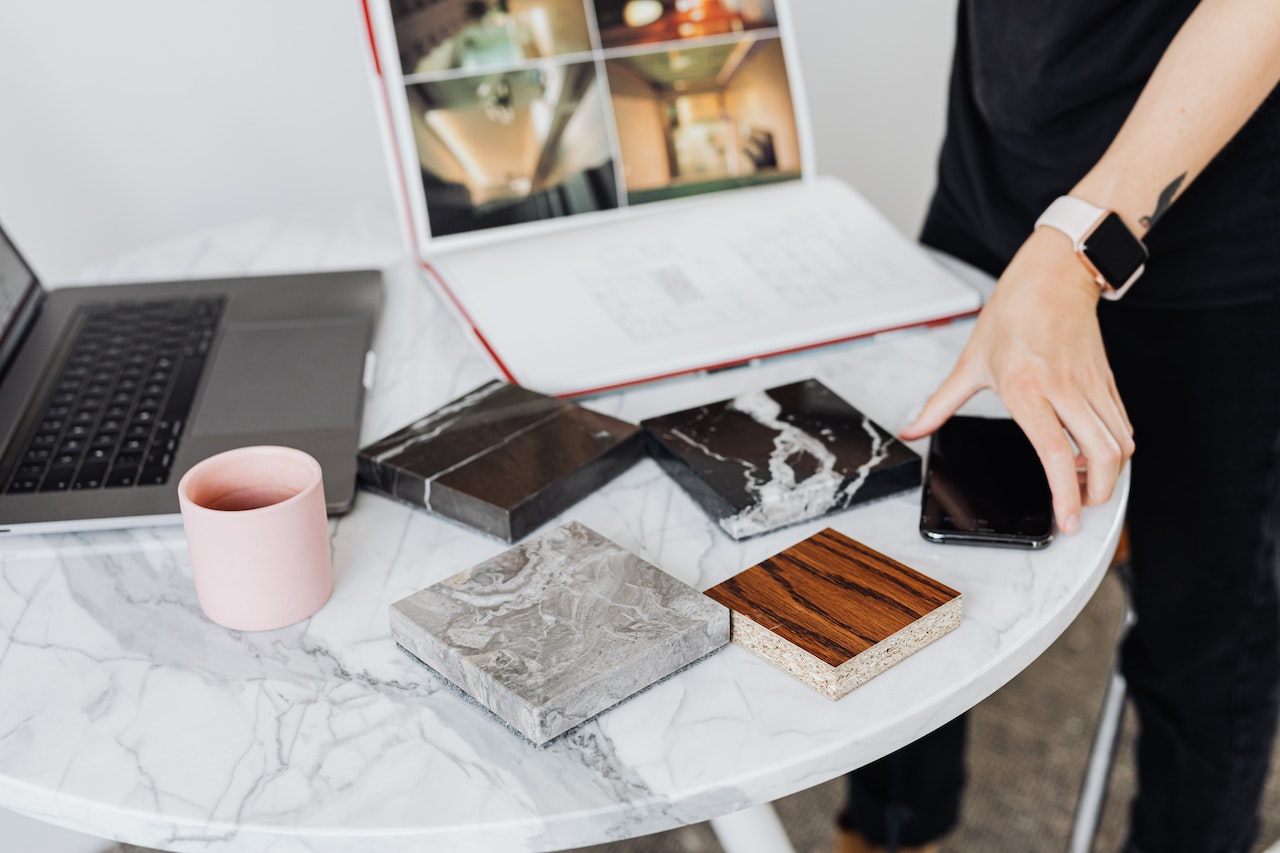
How Product Selection Fits In
Mpowered Podcast, Episode 06 Show Notes
Welcome to Mpowered, the podcast brought to you by Material Bank and created by ThinkLab.
In this bite-sized episode, we tackle the question, “What do interior designers do and how does product selection fit in?” Host Erica Waayenberg, head of research and content at ThinkLab, helps you discover the 3 key areas you can meet designers where they are and support the product selection process, such as: Where designers are going to get new products, what designers are considering when selecting new products, and which resources are needed to take a product from mood board to installation.
Subscribe to view future episodes here:
Resources Mentioned
- ThinkLab research referenced: U.S. Design Industry Benchmark Report for 2022
Have a Question?
If you have a question or topic you’d like us to tackle on air, we’d love to hear from you. Simply direct-message Material Bank on Instagram with your success story or question through the messaging function.
Transcript
Welcome to Mpowered, the podcast brought to you by Material Bank and created by ThinkLab. Consider this your new weekly dose of bite-sized, actionable insights to help you succeed as a B2B rep. I’m this week’s host, Erica Waayenberg, head of research and content at ThinkLab.
We’ll be answering one key question each week, many of them submitted by you. Want to join in? We’ll share details about how to submit your question at the end of this episode.
Our question this week: What do interior designers do, and how does product selection fit in?
There are many variations to this answer, but IIDA sums it nicely: “Interior design is defined as the professional and comprehensive practice of creating an interior environment that addresses, protects, and responds to human need(s).”
Interior designers must understand the users of the space, the building code and regulations, and client goals for functionality and aesthetics before they even begin layouts and select products. But the products are what bring a space to life, and understanding how designers view, evaluate, and select products is why you are here.
So, let’s dive into that. Let’s look at three key areas you can meet designers where they are and support the product selection process.
Where are designers going to discover new products?
First, where are designers going to discover new products?
Our research shows that where designers are looking to discover new product or be inspired is vastly different — in fact, almost opposite — to the places they go to find more information once they’ve narrowed their field of contenders. Designers are primarily looking to social media, design media publications, and product aggregators first when they are trying to find inspiration or new products. These outlets allow designers to cast a wider net and search in broader terms, giving them greater exposure to things they may not have seen before.
What matters to a designer when comparing similar products?
Second, what matters to a designer when they are comparing similar products? So, how do designers go from a broad list of options down to a more select offering that they will present to their client? They filter through a common lens of priorities. The first priority is quality and durability. After all, if a product fails on a job site, that comes back to the designer. Their second priority is aesthetics, as a close follow-up. They will narrow down the products that fit best within, and complement, their overall design concept for the space. And third is price. Sometimes designers are willing to borrow money from one area of a design to splurge on a product that is truly special, but most often, every product category has an assigned budget for that project.
How does a product go from moodboard to installation?
So, what tools and resources are needed for a product to make it from a moodboard to an install site?
-
The first is visual assets. ThinkLab research shows that the earlier a client sees a product visualized as part of their space, the more likely it is to end up specified. In fact, if a product is on the initial moodboard, it is 60 percent more likely to make it to the final specification. In a designer’s mind, they can’t have enough beautiful installation images, case studies, configurator tools, and product detail images. So going back to that list of where they’re going to get inspired, put your best visual foot forward in all of those places.
- The second in the list of tools and resources is symbols. The ability to pull a drawing file or Revit model of a product is also a filter. Simply put, these files both save the designer incredible amounts of time modeling things themselves or finding a competitor symbol as a placeholder, but also give them an easy way to show their clients what a product will look like within their space.
- And third is detailed product information. Designers are responsible for pulling together every bit of detailed information about a product. They do so to make sure it will fit and function well within the space, and because they aren’t the ones actually ordering the product most of the time, so they need to be clear and provide clear information for the person who is.
Designers need to be able to find all of this information within two to three clicks on your website, or they’re moving on to the next. They simply don’t have time. So make sure it’s easy. And it’s your mission to empower them with information as quickly as possible. Having your product detail pages simply formatted with any product information possible, including price and lead time whenever possible, is a huge assist to the designer. The less they have to track down, wait for, and follow up on, the more likely your product will make it to the job site.
I’d like to take a moment to thank you for listening in and invite you to listen in each week for more tips and tidbits to empower you as a rep.
 Special thanks to Material Bank for partnering with us to provide bite-size, valuable insights for B2B reps in the interior design industry.
Special thanks to Material Bank for partnering with us to provide bite-size, valuable insights for B2B reps in the interior design industry.





